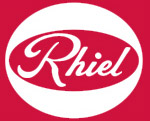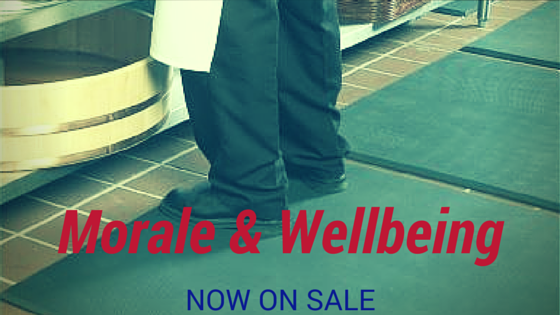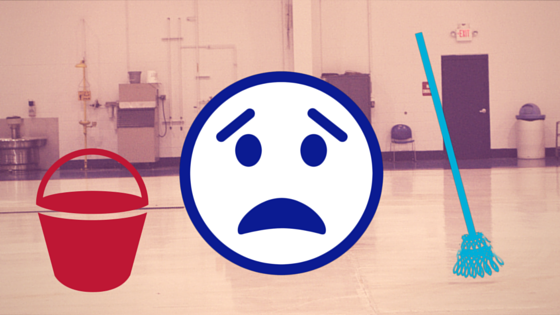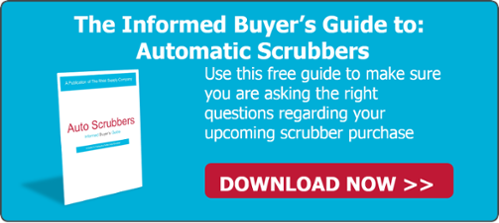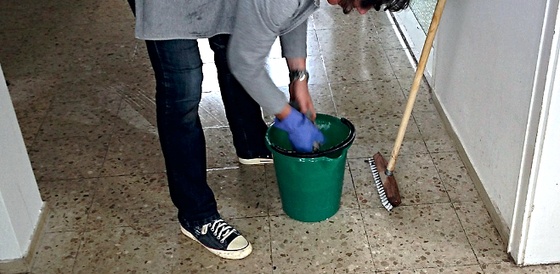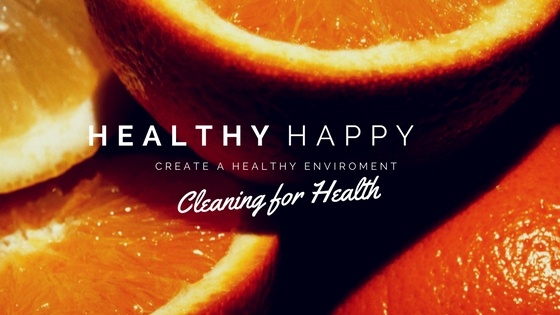An Easy Inexpensive Way To Improve Employee Morale and Wellness
Standing for long periods of time hurts. We all know this. There is a solution to help prevent this. Ant-Fatigue Matting. Standing on a concrete floor for long periods of time, say anything over an hour can cause intense pain and discomfort in your feet, legs, knees, hips, back and shoulders. Anti-Fatigue matting can significantly help reduce this effect. Mats can help with this discomfort but can also help prevent other health problems, lingering aches and pains, and circulatory issues.
These are an inexpensive way to promote better health and safety among your employees. Anti-Fatigue matting comes in a variety of materials depending on your applications. It can be used in factory settings where dirt, oil or water may be present or in offices where you can use more decorative versions. No matter where it is used, people standing on quality anti-fatigue mats will experience a much more comfortable work setting. When the stress is removed, worker productivity and efficiency increases.
Some factors to be aware of when purchasing anti-fatigue matting:
Is the area dry or wet? Do you need to contain oil, water, debris or other contaminants from being tracked from one department to another? Does the matting need to be fire retardant or chemically resistant?
Many work areas may require ESD, Electro-Static Discharge Matting. These are designed to be conductive for a rapid discharge to the ground. Used in chemical plants and around the use and manufacture of electrical components. They are burn resistant and self-extinguishing.
Be sure to cover all areas where slip and fall incidents may occur. Matting is a great way to prevent accidents and the liability issues that accompany them.
Be sure the matting you use has beveled edges. It also helps if the edges are marked in a different color. Beveled edges allow rolling carts to easily pass over the mats and to prevent tripping and falling accidents. Coloring the edges adds another level of safety.
Many people may prefer to stand at their desk or work station. Standing burns more calories and may provide a better comfort level for some people. Anti-Fatigue matting has shown to reduce spinal compression and increase circulation. Anti-Fatigue matting comes in a variety of styles and colors to suit these applications.
In some cases anti-microbial matting may be a benefit. These mats have an added component that prevents mold, mildew and bacterial growth.
Determine the size of the area you need to cover. Most standard mats come in sizes ranging from 2’ X 3’ to 4’ X 6’. Runners can also be custom made to cover those larger areas.
For the right matting for your application contact Rhiel Supply. We can have one of our matting experts assist you in determining which matting is best suited for your facility. Click below to get the conversation started!
